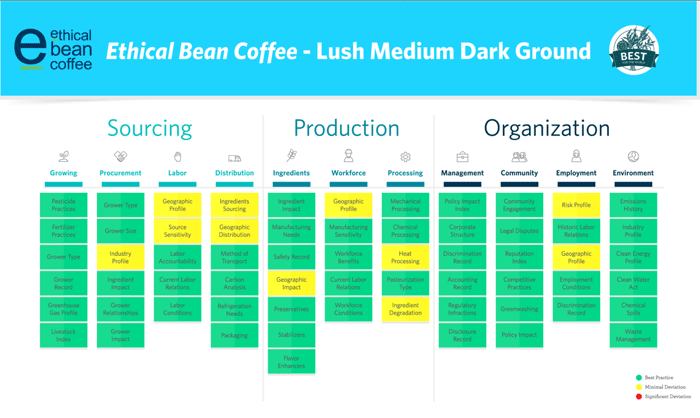
Submitted questions will be posted with my response by the following Tuesday or before.
Submitted comments will be moderated and approved within 24 hours.
Glass Food Steamers
A question came to me this week regarding a glass steamer I had suggested back in 2013.
At the time it was the only glass steamer I could find (and it was only available in Canada.
But looking for a glass steamer this week, I found more to choose from. Here’s the list of what I could currently find.

|
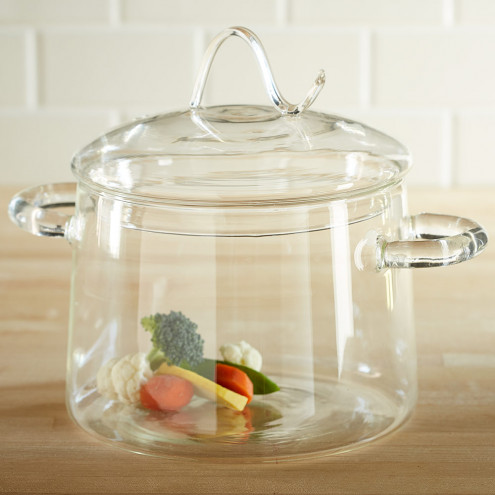
|
Steaming is my preferred cooking method now for vegetables (along with roasting), but I don’t use a separate steamer. I just put about 1/4 inch of water in the bottom of a skillet and turn the heat on high. When the water is evaporated, the vegetables are perfect.
Health Benefits of Love

I received a lovely little article this morning about the health benefits of love.
It made me stop and think if each benefit was true for me. Are they true for you?
1. Enjoy a Happier Life
I definitely am happier when I am with Larry. It’s noticeable to me and to others. A friend just commented on that recently. But not just with Larry. I’m happier when I’m with friends and family and even when I am doing activities that I love. It’s the LOVE you feel that’s important here, I think, not what or who you are loving.
2. Live a Longer Life
I would say this is true for me too. Having spent most of my adult life very happily married, I think that has contributed to my health. At age 61 I have far fewer health problems than other people my age that I know. I attribute that to living a toxic-free life, but also to love.
3. Fewer Colds & Flu
I hardly ever get a cold or flu. It’s been shown that those who have positive emotions are better able to fight off cold and flu viruses. I agree with that.
4. Better Blood Pressure
While I can’t prove this one in my own life, apparently happily married folks have the best blood pressure averages, and unmarried people have the worst.
5. Healthier Eating Habits
Now this one I can verify. It’s much easier for me to stick to good eating habits if Larry and I are eating good food together. It’s also easier to keep those good habits going when you have a partner to help. Those evenings when I need to work and don’t have time to cook, when Larry is with me he can take over the cooking duties and make something simple, delicious and nutritious.
(I trained Larry to cook just for this reason. His cooking used to be pretty funny. Once, many years ago, I was sick so he made “spaghetti with red sauce,” the red sauce being opening the refrigerator and putting alll the red foods in a pot. But now he’s really interested in cooking and is getting pretty good at it. I don’t mind eating his cooking at all.)
Each of these benefits have studies to substantiate them. The studies are all given in the original post:
Cotton Leggings
Question from Bonnie
Hi Debra,
Cotton leggings? Do you wear them and where can they be found?
Thanks.
Debra’s Answer
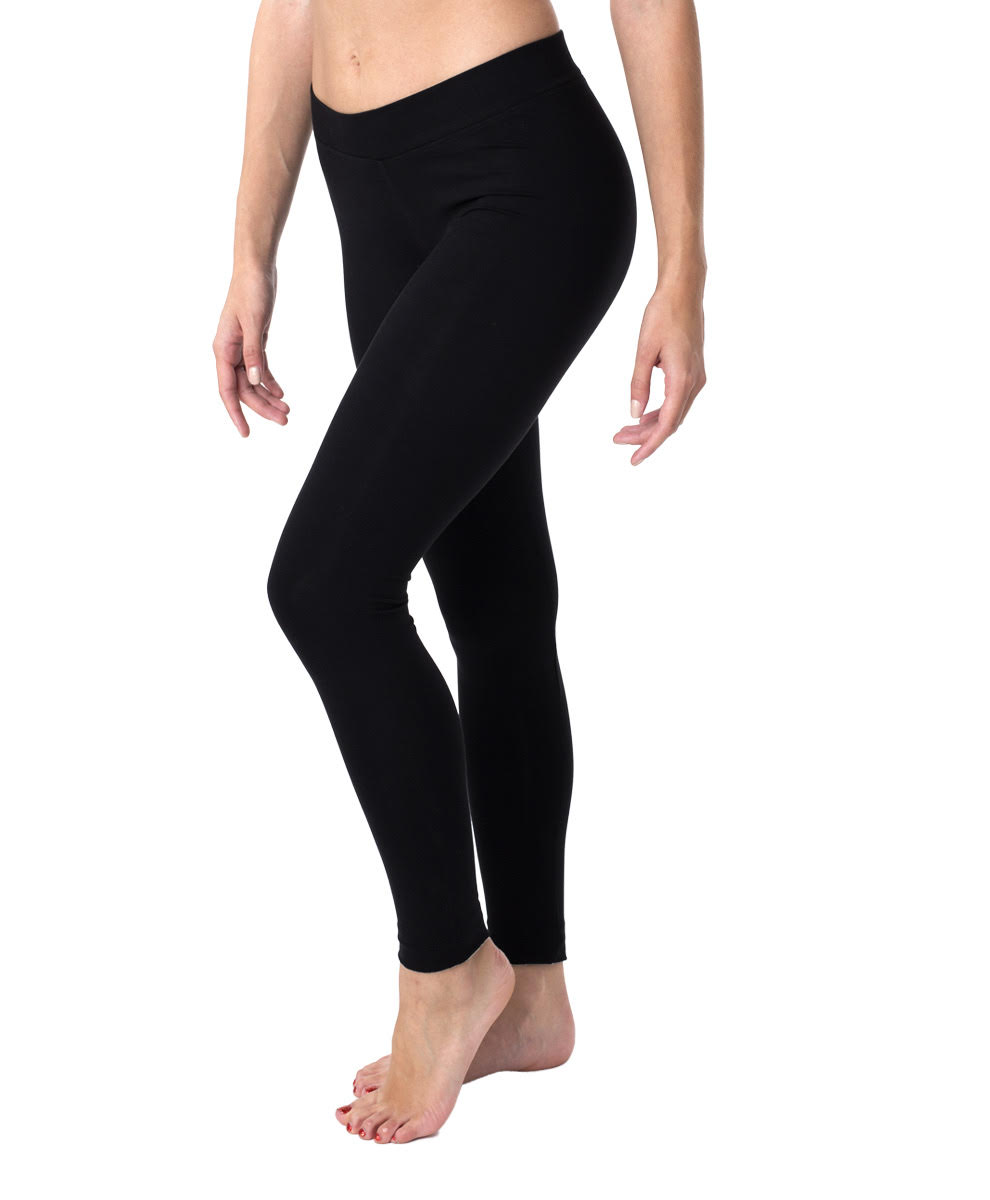 Cotton “leggings” are snug-fitting cotton knit pants. They are usually made from cotton plus elastic, but I found some that are 100% cotton.
Cotton “leggings” are snug-fitting cotton knit pants. They are usually made from cotton plus elastic, but I found some that are 100% cotton.
They are great for exercise and keeping warm in the winter. I don’t wear them because I live in Florida and it’s never cold enough.
I looked for cotton leggings online and found many are blended with synthetic materials—such as Modal and Spandex—in addition to the elastic.
Here are two that contain the most cotton that I could find:
Fair Indigo 100% organic Pima cotton leggings.
PACT GOTS certified organic cotton leggings in black, colors, and patterns (they also have tights)
HUE 95% cotton, 5% spandex
This page online has many “100% cotton leggings” that are much less expensive than those listed above.
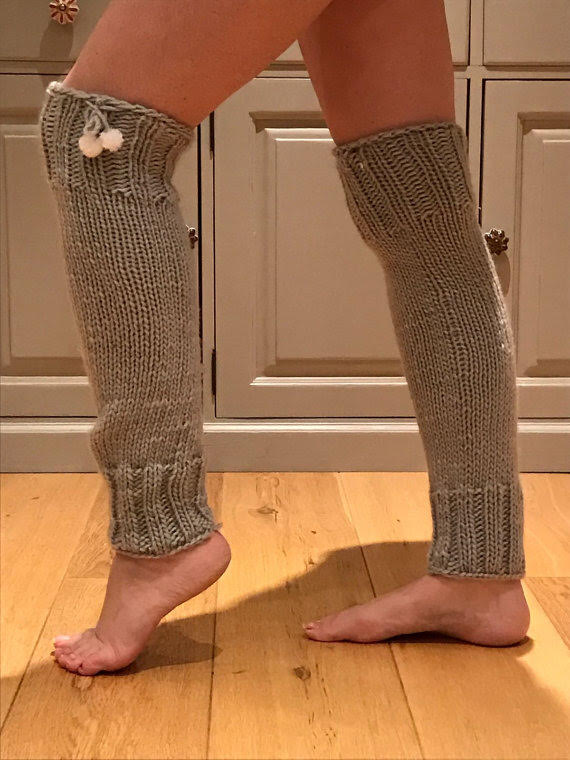 “Yoga pants” also came up in my search for “cotton leggings.”
“Yoga pants” also came up in my search for “cotton leggings.”
Many years ago when I lived in California in the wintertime I wore what we called “leggings” and are now called “leg warmers.” Ballet dancers wear them to keep their legs warm during practice, and we all wore them in aerobics class. Most are made from synthetics and elastic, but these in the photo are made-to-order hand-knitted from cotton. Hippy Headbands Co.
Commuters Using Public Transportation Are Exposed to More Air Pollution Than Commuters Who Drive
 A UK study has found that while motorists produce the most pollution per commuter, those who take public transportation are exposed to much higher levels of pollutants while commuting.
A UK study has found that while motorists produce the most pollution per commuter, those who take public transportation are exposed to much higher levels of pollutants while commuting.
The study measured only particulates, but this indicator shows a volume of pollution that would include VOCs as well.
THE TELEGRAPH: Commuters on Public Transport ‘Exposed to Higher Pollution Levels Than Car Users’
BPA and Rules of Evidence
It’s been known since the 1930’s that Bisphenol A (BPA) weakly mimics the human hormone estrogen. Which means that, for women especially, bodies will accept BPA as if it were estrogen, filling receptor sites with chemicals instead of hormones.
Yet, despite this scientific knowledge, BPA has become ubiquitous in our toxic consumer world.
This article tells just why so many toxic chemicals are allowed and why it’s so difficult to get bans and regulations. This is why it continues to be our responsibility as consumers to change the marketplace by refusing to purchase toxic products.
Anne Steinemann Investigates Indoor Air Quality
Our favorite researcher Anne Steinemann has two new articles about toxic exposures in our homes. She is a Professor of Civil Engineering and Chair of Sustainable Cities at the University of Melbourne School of Engineering in Australia
Both the articles were both published in the journal Building and Environment.
“Ten questions concerning green building and indoor air quality” investigates the concern that green buildings may promote energy efficiency and other aspects of sustainability, but not necessarily the health and well-being of occupants through better indoor air quality (IAQ). Ten questions are asked which explore IAQ challenges for green buildings as well as opportunities
to improve IAQ within green buildings and their programs.
“Ten questions concerning air fresheners and indoor built environments” investigates the seeming paradox that products designed to improve the indoor environment can pose unintended and unknown risks. It examines the science, health, and policy perspectives, and provides recommendations
and research directions.
Really Good Summary of Endocrine Disruptors
This article by a medical doctor is focused on “gender bending,” but gives a really good summary of the main endocrine disrupting chemicals, where they are found, and tips to avoid them.
Target’s Commitment To Toxic-Free

Two weeks ago, Target announced a new commitment to eliminating toxics in their stores.
Their statement includes transparency and disclosure of all materials in all products, investing up to $5 million for green chemistry innovations, and development of safer alternatives.
Target will actively pursue the development of safer alternatives to achieve our goals. We will work to remove chemicals or find alternatives to those chemicals that could pose a risk to our guests, workers and community. When changes are made, we will ensure the integrity and safety of our products.
• Improve textile products by removing added Perfluorinated Chemicals (PFC’s) from products by 2022.
• Improve textile products by removing added flame retardants that are potential carcinogens or pose harm to the guest, workers or communities by 2022.
• Improve beauty, baby care, personal care and household cleaning product categories by formulating without phthalates, propyl-paraben, butyl-paraben, formaldehyde, formaldehyde-donors, or NPE’s by 2020.
I often shop at Target because I already see them carrying toxic-free products I can use. I just purchased a 2-gallon glass food storage jar there for less than $15, and it was the only place locally where I could find those jars in that size. So I’m very happy to see them moving more in this direction.
TARGET: Chemicals @ Target: Chemicals Policy & Goals
GREEN BIZ: Target’s new chemicals policy hits a bullseye
This is the next step in a movement that has been going on at least since 2011.
Q&A: WalMart and Other Retailers are Banning Toxic Chemicals in Products—Not Waiting for Government
Q&A: WalMart Takes Initiative to Get Manufacturers to Reduce Toxic Chemicals
Revol Porcelain Cookware
Question from Tara
Hi Debra,
I’m on the Williams-Sonoma website, about to purchase a Staub Essential Oven to use on an induction burner as you recommended for a slow-cooker option.
I also realized as my child was talking to me this evening about buying this pot and how he’d like to cook with it when he’s a little older, that the induction set-up would work well for that purpose, because if I recall correctly, that kind of burner doesn’t get hot to the touch, correct? So it would probably be a safer option for a child learning to help with cooking (compared to standing on something in front of the stove with the gas burner on).
Anyway, while I was looking at the Dutch ovens on the Williams-Sonoma website, I came across this Revol brand, which I don’t believe I’ve ever heard of before. Apparently the company has been around since 1768, and they’re from France. Looks like it might be a non-toxic option, so I wanted to pass it along for you to check out. It’s possible there’s something wrong with it; I’ve only read the info here on the product page, haven’t dug any further or looked up the company’s own website, etc. Like the enameled pots, it’s not inexpensive, but I thought I’d pass it along for your review.
www.williams-sonoma.com/products/revol-flametop-round-cocotte/?pkey=cdutch-ovens-casseroles&&cdutch-ovens-casseroles
I also saw that Williams-Sonoma has their own brand of enameled cast iron; I was immediately skeptical, figuring it’s probably a toxic knock-off of Le Creuset and Staub. But it turns out, it’s actually designed by Williams-Sonoma but made by Staub in France. If it’s made to the same standards as Staub’s regular line (all of which is lead- and cadmium-free, then this could be another reasonable option — though it’s not on sale at the moment, so I’m not interested. 🙂 But it does look nice, so if it’s ever on sale, it could be a good option.
www.williams-sonoma.com/products/williams-sonoma-cast-iron-round-oven/?pkey=cdutch-ovens-casseroles&&cdutch-ovens-casseroles
In the W-S line they also have a few other pieces, like this fry pan and a braiser with a glass lid.
www.williams-sonoma.com/products/williams-sonoma-cast-iron-fry-pan/?pkey=ccookware-williams-sonoma%7Cws-cast-iron&&ccookware-williams-sonoma|ws-cast-iron
Debra’s Answer
Great finds Tara!
I checked out the Revol website and indeed they are “Made only from environmentally friendly, natural components; contains no heavy metals (lead, cadmium) or toxins and PTFE-free.” And they are made in France. In addition to Williams-Sonoma, they are also sold at Sur La Table, their own website, and even online. I just added them to Debra’s List.
I’m fine with Straub, and the Williams-Sonoma pieces made by Straub.
Sustainability in Supermarkets—HowGood Shelf Talkers
For several years, a new program called HowGood started certifying “sustainable” food products as good-great-best.
Now they are becoming more visible.
You may have seen their ratings as shelf talkers in supermarkets, and they have 137,000 products on a cellphone app.
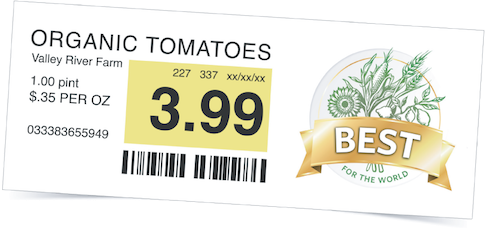
But what are they actually rating? And do these good-great-best ratings indicate the product is nontoxic?
HowGood evaluates products based on a grid of eleven categories having to do with sourcing, production, and organization. And each of these eleven categories has subcategories. Each gets a rating that results in a profile that looks something like this:
or
But the problem I have with this is, like virtually all other certification organizations, all you get is a seal and no details. If you click to the page and mouse over the green boxes on the second image, a window will pop up that gives you an explanation of the category, but no details on the product.
You can also go here to see the full grid and mouseover each square to see all the explanations, but I don’t see a page that fully explains any of them. When you look at these categories they cover toxic exposures but also labor, management, environment, and other factors. A product could rate high on management but low on toxics and still get a good rating. But I can’t analyze this because I have no data about how they came to these conclusions per product.
HOWGOOD’S “BEST” RATED BRANDS: here and here
THE BALTIMORE SUN: Supermarkets look to sustainability as the next organic
By contrast, I’ve been writing product recommendations at Debra Lynn Dadd Recommended Products that give you details on the company philosophy and each of the materials they use to make their products. I’d like to see more disclosure like this.

